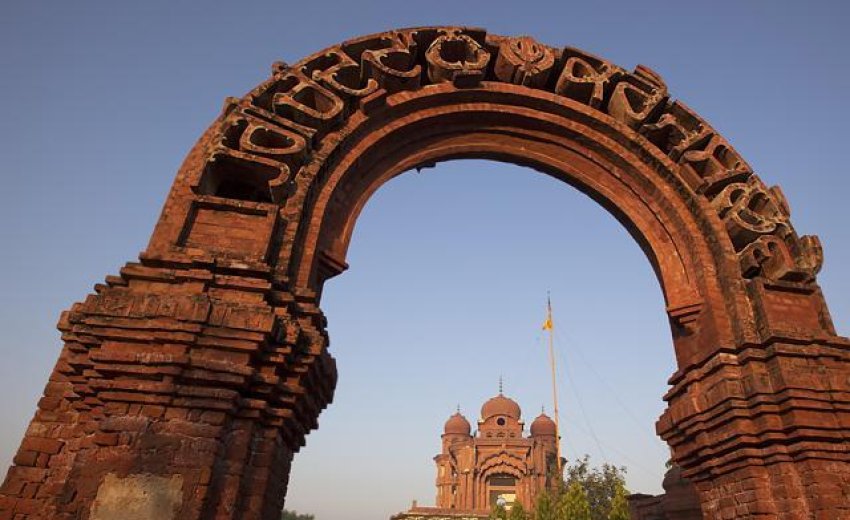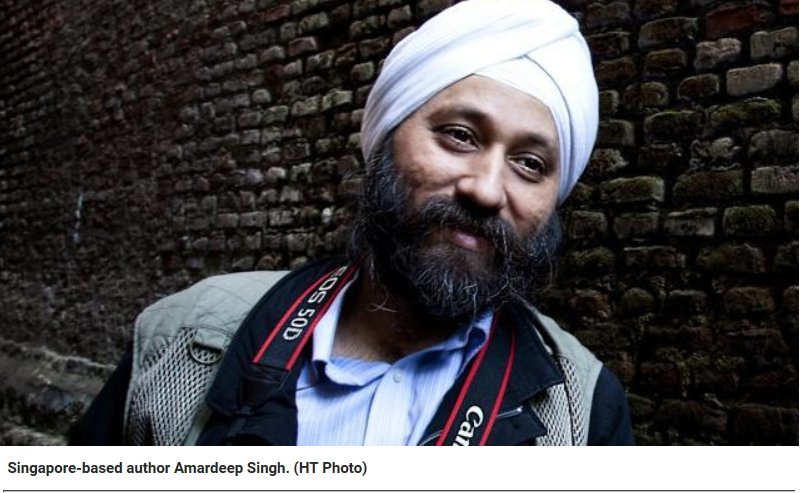
Amritsar Dec 14, 2015: ‘Baabaanee-aa Kahanee-aa put saput karayn (Worthy get inspiration from stories of their forefathers)’, says Sri Guru Amardas ji in Sri Guru Granth Sahib on page 951.
Going by the holy word, Singapore-based author Amardeep Singh has travelled extensively across Pakistan to photograph and pen his experiences of discovering the remnants of Sikh legacy inaccessible to the present generation this side of the border. He strongly feels that one should be able to leave behind a legacy that inspires the next generation.
The lost heritage
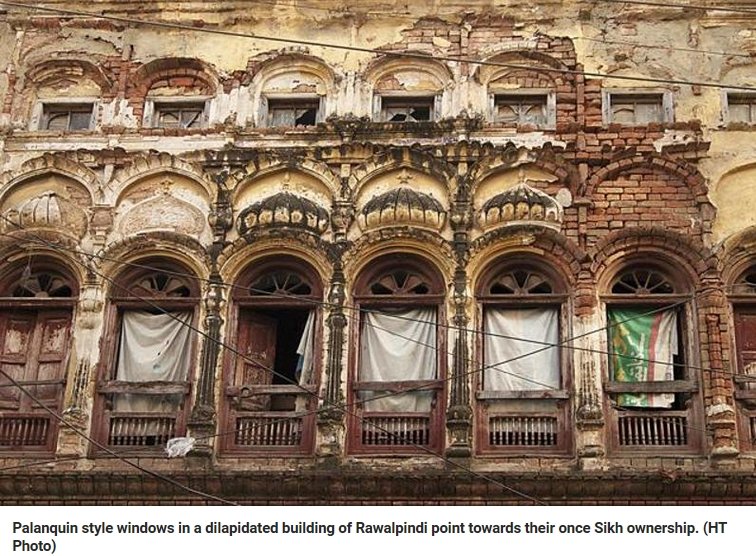
His travelogue ‘Lost Heritage’ is a voyage that he undertook across Pakistan, seven decades after the Partition, through which he aims to expose a lost and forgotten era to the present generation. In this book, the author shares experiences of his journey across West Punjab, North-West Frontier and Pakistan Occupied Kashmir.
He also takes the reader back in time, somewhere between the 15th and 20th century, providing a historical context to each discovery. His work covers abandoned, occupied and functional gurdwaras, inter-faith aspects, forts, battlegrounds, havelis, art, architecture, spiritual remnants, educational institutions, residential and commercial establishments.
The journey
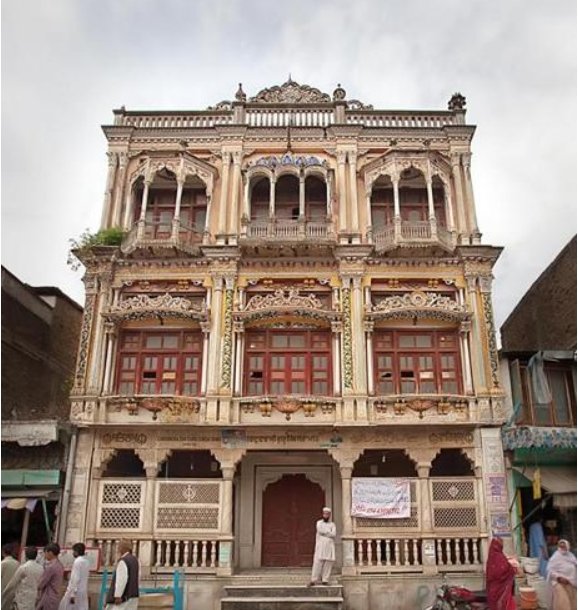 |
| Manshera gurdwara, now serving as municipal library for the city. (HT Photo) |
When asked about his journey to Pakistan and his rich visual narrative, Amardeep says, “I am often asked why I decided to write this book? It’s because 80 per cent of the erstwhile Sikh empire fell in Pakistan, and exposure to the Sikh community there has been limited to three to four functional gurdwaras after the Partition. A culture that evolved and thrived across this region, surely has to have a broader footprint than the few accessible gurdwaras. This work aims to understand the secularity of the former residents of this region and document it for posterity.”
The travelogue is a 504-page book, with 507 photos, 14 maps and over 50,000 words in 60 chapters. It aims at presenting both, the spiritual and temporal, facets of the erstwhile community of this region.
“I did not embark on this journey to write a book. My aim was primarily to visit Muzaffarabad (my father’s birthplace in PoK) and Abbotabad (my mother’s place in Hazara region) as I grew up in Uttar Pradesh, hearing much about the pristine beauty of these highlands. As I entered the country, people started connecting with me and guided me further. I will cherish the love and affection I received in Pakistan all my life. I stayed there for 30 days and was able to explore the Sikh community in 36 cities of Pakistan,” he says.
Joining the dots
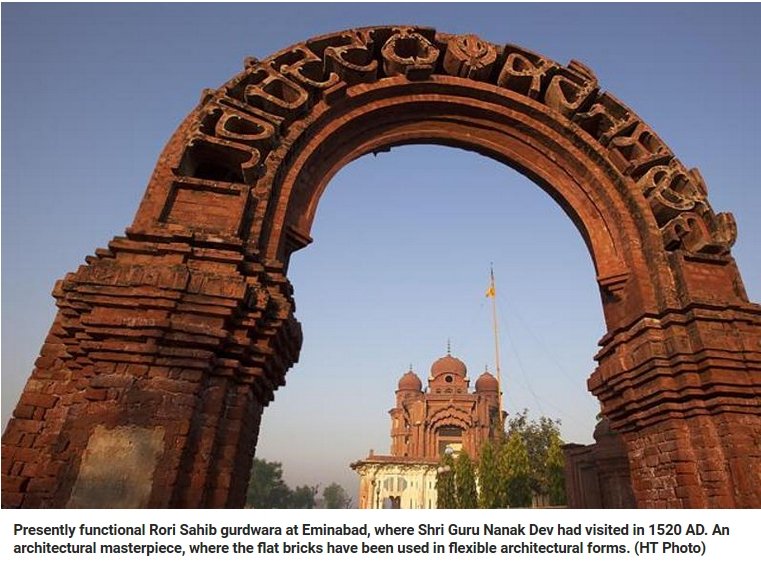
Talking more about his motivation, Amardeep says, “This project was about joining the dots by observing these remnants to understand the Sikh community’s rich past. In the seven decades after the Partition, most of the abandoned assets have been lost forever, barely 10 per cent remain to offer a clue about the past. Apart from the functional gurdwaras at Nankana Sahib, Hassan Abdal, Kartarpur Sahib and Lahore, it was worthy to investigate the present remains of the non-functional Sikh legacy.”
Singh also explored Hindu-Muslim aspects anchored in Sikh faith. Visits to Prahladpuri temple in Multan, Baba Farid’s shrine in Pakpattan, Baba Bullhe Shah in Kasur and SainMian Mir’s dargah in Lahore were a must in order to understand the inter-faith aspects of Sikhism.
Amardeep plans to continue his research across Pakistan, in frontier Balochistan and Sindh areas.
Amardeep Singh's book can be purchased through the website: lostheritagebook.com or through amazon.

